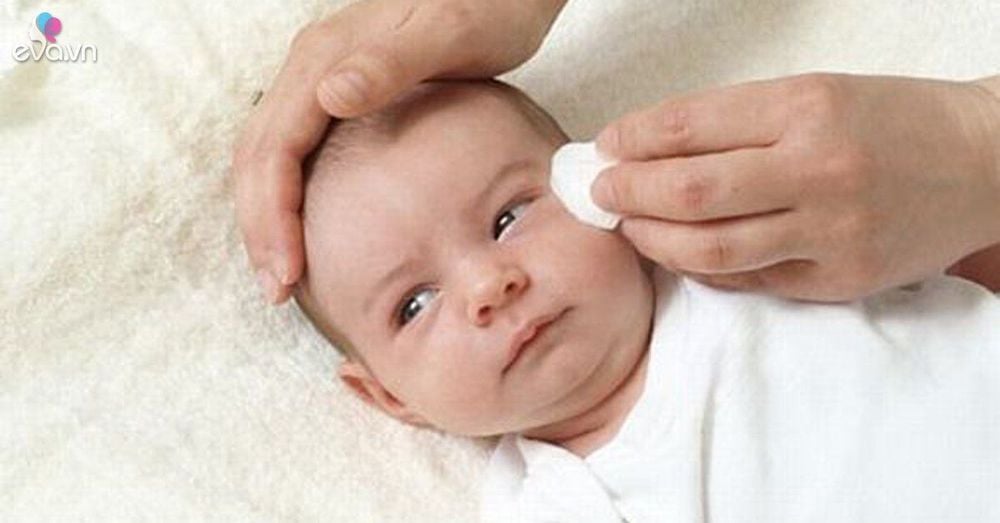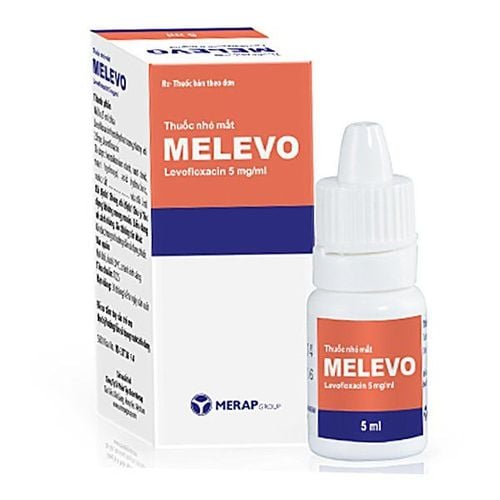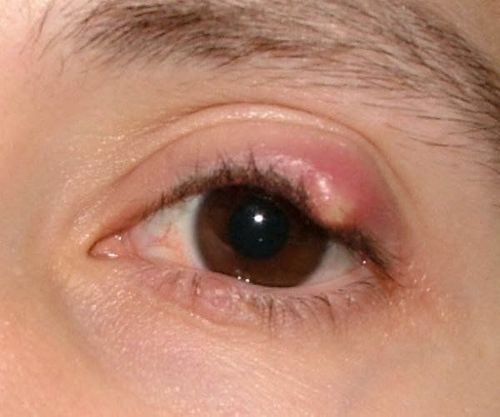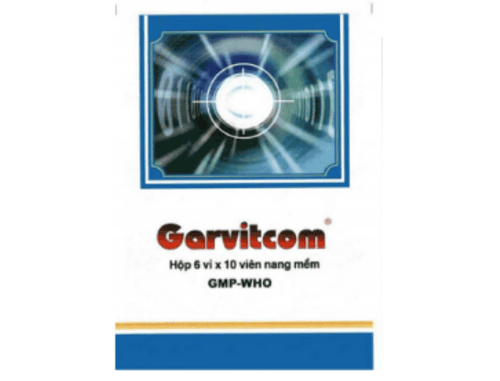This is an automatically translated article.
A chalazion is an "eyelid tumor" that occurs when a small gland in the eyelid becomes enlarged and infected. Chakras can appear for weeks or months and can appear on the upper and lower eyelids. Unlike a sty, a stye is an infected eyelash follicle. So does baby chalazion affect the baby's eyesight?
1. What are the symptoms of a newborn baby with chalazion?
A chalazion (English name is chalazion) is a tumor or cyst on the eyelid. When a small oil-producing gland in the eyelids (meibomian gland) becomes blocked, oil builds up in the tissue, causing inflammation.
The patch size starts out as small as a poppy seed and in a few days or weeks it will grow to the size of a pea. You may notice some watery eyes in your child's eyes, but this is not contagious.
Chalazia are often confused with styes, but styes are closer to the surface of the skin and are often oozing, red, and swollen. A stye is caused by a skin infection and can be painful. A chalazion is not tender and painless (unless infected), but it can outlast a sty.
2. Can chafing hurt my baby's vision?
Small size chafing will not affect your child's vision, but large size can put pressure on the child's eyeball and affect his vision.
If this is the first time your child has a rash, go to a medical facility for examination and treatment. Your doctor can help confirm the diagnosis or refer you to an ophthalmologist to rule out a more serious eye infection.

Chắp có thể làm tổn thương thị giác của trẻ
3. How is the baby's chalazion treated?
Chafing usually goes away on its own within a few weeks to a few months. If treated, chalazion may go away more quickly.
If the chalazion is at an early stage, some doctors will recommend a warm compress. Here are some measures that you can take at home:
Wash your hands well before touching the affected area so as not to create a new type of bacteria and cause a secondary infection. Wash your child's hands as he may rub his eyes. Hold your baby in whatever way feels most comfortable. Apply a warm compress to the affected area for 10 to 15 minutes, at least four times a day, until the lump disappears. Use a clean towel soaked in warm water. You need to keep wetting the towel to keep it warm. Depending on your child's age, you can help pass the time by listening to music together or chatting with your child. After applying the compress, you can try gently massaging the area around the chalazion to help clear the blocked duct. Don't try to unravel. Your doctor may give you some antibiotic eye drops or ointment to apply to the edge of your eyelids if your child is likely to have a secondary infection.
4. What if the patch doesn't go away?
If your child's chalazion does not respond to application, your doctor will refer you to an ophthalmologist for further treatment. Your ophthalmologist may decide to inject steroids to stop the inflammation and clear up the tumor after a week or two. Your child may need a second shot.
If the injections are not effective, the tumor can be removed surgically. However, unless the child is old enough to lie still while awake (at least school age), the procedure must be performed under general anesthesia.
For this reason, unless the chalazion is very large and causes distortion or affects the child's vision, ophthalmologists generally recommend waiting for surgery until the child is older and can lie still. The surgery can then be performed using local anesthesia.

Một số trường hợp, trẻ mọc chắp cần đến gặp bác sĩ chuyên khoa
5. Is there a way to prevent chafing?
Once a child has had a chalazion, it is more likely that the child will continue to grow another.
Some doctors say there is no way to prevent these cysts from developing in people at risk for chalazion. Children with chronic blepharitis are also more likely to have chalazion.
Other doctors recommend daily eyelid washing to remove bacteria and dead skin cells to keep pores clear. If your child's doctor prescribes an eyelid wash, you will be given detailed instructions on how to do it and whether to use a commercial baby shampoo or eyelid wash preparation.
Children need to provide enough elemental zinc/day for them to eat well, reach the correct height and weight and exceed the standard. Zinc plays a role in affecting most biological processes taking place in the body, especially the breakdown of nucleic acids, proteins... Organs in the body when zinc deficiency can lead to a There are a number of diseases such as neurological disorders, irritability, etc. Therefore, parents need to learn about the role of zinc and guide them to appropriate zinc supplements for their children.
In addition to zinc, parents also need to supplement their children with other important vitamins and minerals such as lysine, chromium, B vitamins,... errands.
Please regularly visit Vinmec.com website and update useful information to take care of your baby and family.
Reference source: babycenter.com













